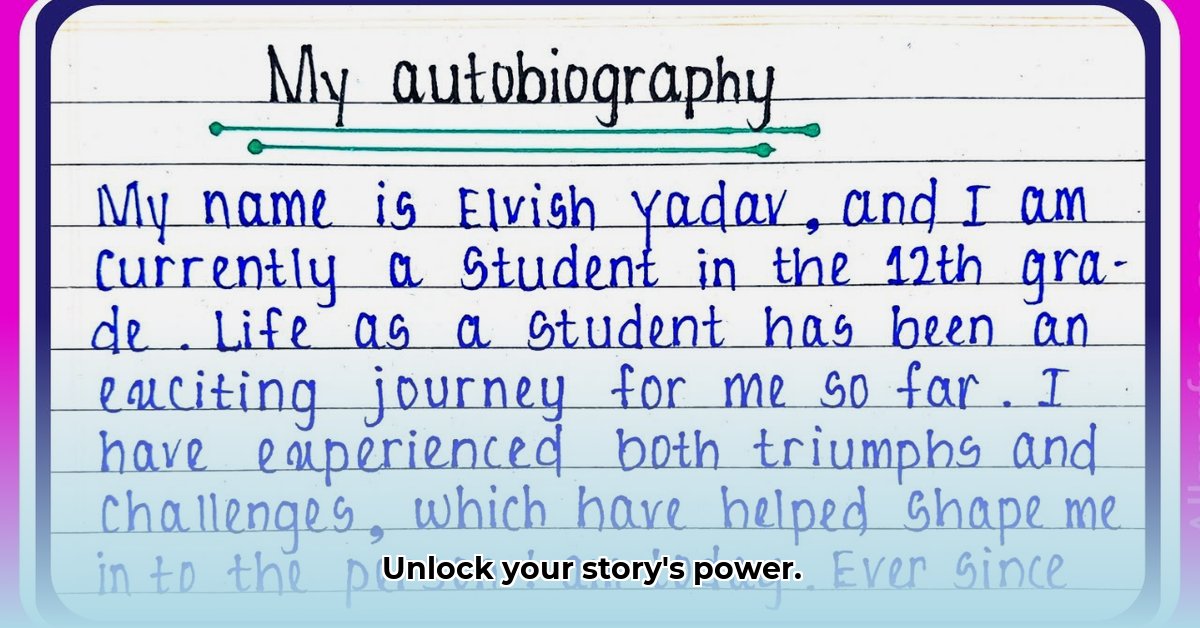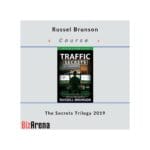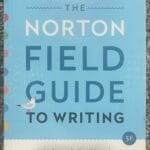Ever dreamed of penning your life story? It can seem daunting, but with the right approach, your experiences can transform into a captivating book! This instructional guide provides a step-by-step approach to crafting a compelling story, from narrative structure to connecting with your target audience. Let’s embark on writing the autobiography you’ve always imagined, avoiding common pitfalls and creating a legacy that endures.
Embarking on Your Autobiographical Journey
So, you’re ready to write your autobiography and create a lasting legacy? That’s fantastic! It’s a unique opportunity to share your perspective, reflect on defining experiences, and provide lasting insights for future generations. But, where do you begin such a monumental task? Don’t worry; this guide will walk you through the process, making it less daunting and more of an exciting adventure into chronicling your life.
Defining Your Audience: Tailoring Your Life’s Narrative
Before writing a single word, carefully consider who you are writing for. Will your autobiography be a family heirloom, passed down through generations and filled with intimate details? Or is it a deeply personal story intended for close friends, offering a glimpse into your inner world? Perhaps you aspire to reach a wider audience, even seeking publication and sharing your experiences with the world.
Your intended readership will significantly impact your writing style, content, and overall tone, ultimately defining the success of your autobiographical endeavor. Think critically about writing for family compared to the general public. A family-oriented autobiography might freely include inside jokes, familial anecdotes, and highly personal details that resonate with those who know you intimately. In contrast, a book intended for public consumption needs to be more universally relatable and engaging, appealing to a broader readership with varying backgrounds and interests.
Tailoring your narrative to your target audience is key to crafting an autobiography that truly resonates and achieves its intended purpose.
Structuring Your Story: Building a Compelling Narrative Framework
How will you tell your story? How will you present your experiences in a way that captivates and intrigues your readers? A simple chronological approach, beginning from birth and progressing forward through time, is a popular and often effective choice for many autobiographical writers. It provides a clear, easy-to-follow structure that creates a natural flow, allowing readers to easily trace the trajectory of your life.
However, don’t feel constrained by chronological order. You can use a non-linear narrative, weaving together different periods and events to create a more dynamic and engaging reading experience. Consider employing a thematic approach, connecting specific events to overarching themes or experiences that have shaped your life. For example, you could focus on the evolution of your relationships, the progression of your career, or the journey of your personal growth, creating a richer and more insightful narrative.
You might even choose to artfully blend timelines, seamlessly jumping between different periods to emphasize connections, build suspense, and reveal deeper meanings. Autobiographical writing isn’t simply a dry recitation of events; it’s a narrative journey of self-discovery, inviting readers to explore the complexities of your life and gain a deeper understanding of what has shaped you into the person you are today.
Here are common narrative structures to consider when sharing your personal journey:
Chronological: Presents events in a straightforward, linear path through time, showcasing the progression of your life. This approach is easy to follow but can sometimes feel predictable if not executed creatively.
Thematic: Organizes your life around recurring themes, such as love, loss, or perseverance. This approach is excellent for highlighting patterns, revealing insights, and offering a more nuanced perspective on your experiences.
Nonlinear: An experimental approach that jumps between different time periods, creating a mosaic of moments and memories. This approach can uncover deeper connections and build suspense, but it requires strong storytelling skills to keep the reader engaged and prevent confusion.
Finding Your Voice: Exploring Genre and Style
Autobiographies are not monolithic; they exist across a spectrum of genres and styles. Some writers choose to encompass their entire life story in a single volume, while others opt for memoirs that focus on a specific period, experience, or theme. There are also personal essays, reflective pieces that explore particular aspects of your life, and even graphic autobiographies that use visuals to tell their story.
Each style has its own conventions and expectations. Take the time to research and explore various autobiography examples, paying close attention to what resonates most strongly with you. Consider the tone, structure, and overall feel of each style and how it might align with your own story and intended audience. This exploration will help you develop your unique writing style and craft a compelling narrative that authentically reflects your voice and experiences.
Show, Don’t Tell: Painting a Vivid Picture with Words
This principle is crucial for compelling storytelling, breathing life into your autobiography and captivating your readers. Instead of simply stating facts, strive to show the reader what happened through vivid descriptions, engaging anecdotes, and evocative sensory language.
For example, instead of writing “I was angry,” describe the physical manifestations of your anger: clenched fists, a racing heartbeat, a rising tide of heat flushing your face. Instead of saying “The city was crowded,” paint a picture of bustling streets, honking cars, and a cacophony of voices. By immersing the reader in sensory details, you make them participants, not just observers, in your story.
Details are the lifeblood of compelling storytelling, transforming abstract concepts into tangible experiences that resonate with readers on a deeper level, making your autobiography a truly immersive and unforgettable read.
Learning from the Masters: Studying Other Autobiographies
One of the best ways to improve your own writing is to learn from those who have mastered the craft. Reading successful autobiographies is a fantastic way to gain insights from experienced writers and glean inspiration for your own project.
Pay close attention to their structure, noting how they organize their material and create a compelling narrative flow. Analyze their style, observing their use of language, tone, and voice. Examine their storytelling techniques, identifying how they create vivid scenes, develop characters, and build suspense. Look for successful autobiography example and elements you’d like to incorporate into your own work.
Reading widely expands your understanding of the autobiographical genre and helps you develop your own unique voice, allowing you to tell your story in a way that is both authentic and engaging.
The Rewriting Revolution: Polishing Your Prose to Perfection
Writing is rewriting—a universally accepted truth among authors. Don’t expect perfection in the first draft; it’s simply a foundation upon which to build. Embrace the editing process, viewing it as an opportunity to refine your work and elevate it to its full potential.
Revise your manuscript multiple times, paying close attention to clarity, coherence, and consistency. Refine your sentences, choosing the most precise and impactful words. Polish your prose, eliminating unnecessary jargon and ensuring a smooth, engaging reading experience. Don’t be afraid to make significant changes, even if it means cutting entire sections or rewriting entire chapters.
Seek feedback from trusted readers, such as writing partners, critique groups, or professional editors. Be open to their suggestions, even if they challenge your initial vision. Professional editing is invaluable for gaining an objective perspective and identifying areas for improvement that you might have overlooked.
Ethical Considerations: Respect, Responsibility, and the Power of Storytelling
Remember, when you write your autobiography, you are writing about real people and real events. It is crucial to be mindful of the impact your words can have on others and to approach your storytelling with respect and responsibility.
Be sensitive to the privacy of those you include in your story. Get their permission before sharing personal details, especially those that might be considered embarrassing, compromising, or otherwise sensitive. Accuracy is paramount; strive to represent events and individuals fairly and truthfully. However, sensitivity is equally important; even if something is factually accurate, consider whether it is necessary or appropriate to include it in your autobiography.
From Idea to Published Book: A Step-by-Step Checklist for Success
| Stage | Steps | Resources |
|---|---|---|
| Planning | Define your audience, choose a structure, brainstorm key events, and themes. | Writing workshops, online resources, mentors, brainstorming sessions |
| Drafting | Write the first draft; don’t worry about perfection, just write. | Writing groups, dedicated writing time, a comfortable writing environment |
| Revising | Seek feedback from trusted readers; rewrite and refine your writing. | Beta readers, critique partners, writing coaches |
| Editing | Polish your manuscript, address grammar, and style. | Professional editors, style guides, grammar and spell-checking software |
| Publishing | Choose a publishing route through traditional or self-publishing. | Publishing houses, literary agents, self-publishing platforms (Amazon KDP, IngramSpark), book marketers |
Your life is a unique and valuable story. With careful planning, skillful storytelling, and unwavering perseverance, you can craft an unforgettable autobiography that inspires, entertains, and leaves a lasting legacy. The journey might be challenging, but the rewards of sharing your story with the world are immeasurable.
Navigating Permissions: How to Obtain Consent for Including Others in Your Autobiography
Writing your life story is a deeply personal journey, but what happens when your story intersects with the lives of others? When you include details about other people in your autobiography, obtaining their permission is crucial to ensure ethical and legal compliance. Let’s navigate this vital step, providing you with the knowledge and tools you need to obtain consent and protect the privacy of those who are part of your life story.
**Key Take
- Unlocking Romans 13: A Practical Guide to Faith and Authority - June 15, 2025
- Revolutionize Ancient Preservation with Typical Ancient:A Detailed Review - June 15, 2025
- 185 lbs to kg: Precise Conversion Guide - June 15, 2025
















